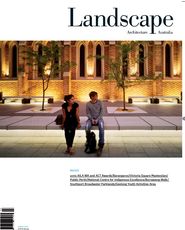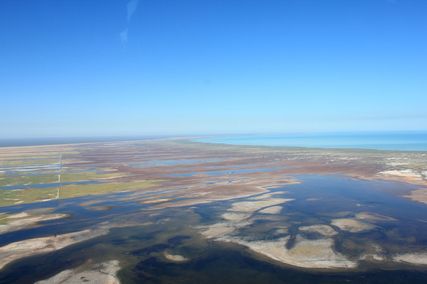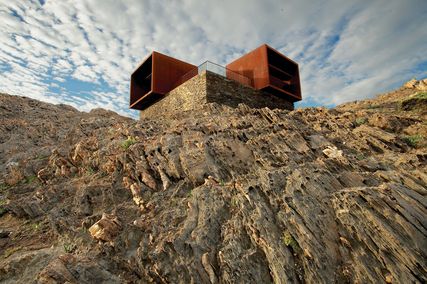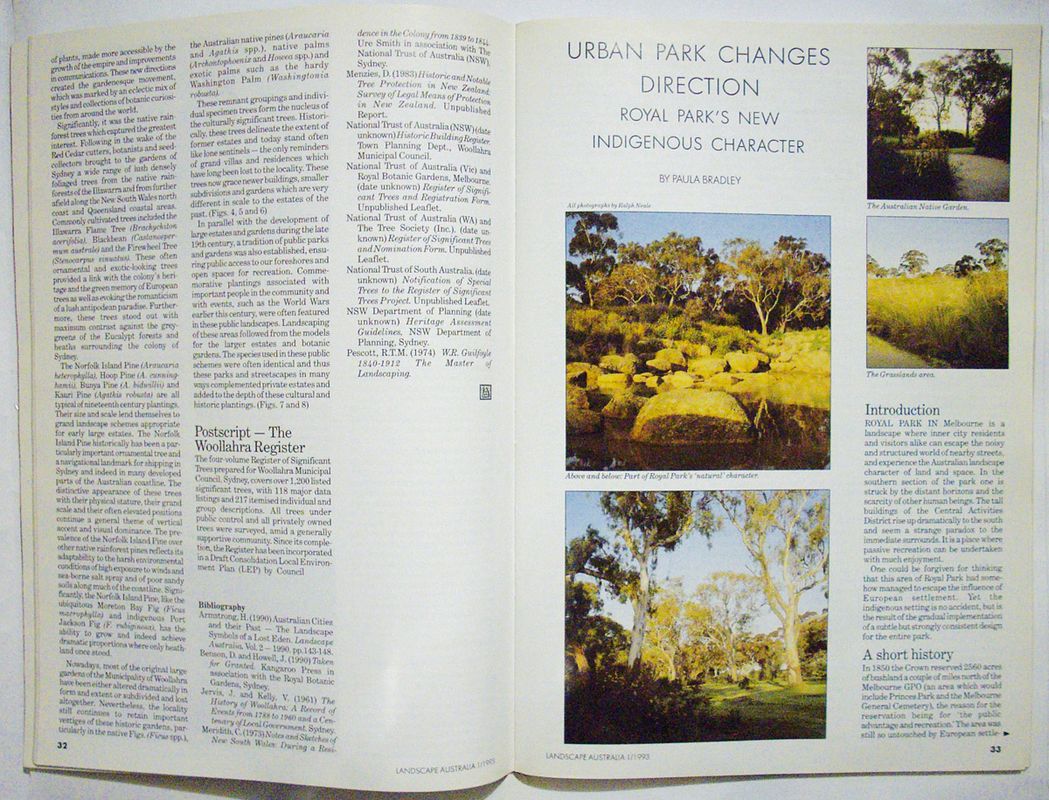Any mention of Melbourne’s Royal Park generates a real, if nostalgic, excitement among landscape architects, as it was the first serious design competition for a major public park in Melbourne. Students are told of this cultural high point in mythic terms and its story has crossed recent generations.
So it was a shock to read in the North and West Melbourne News (June 2009) that Royal Park was suffering from a rural drought. Most Victorians understand that the entire state has been in drought for nearly a decade, but this calamity must have bypassed the authors, who insisted that this “formerly glorious evocation of rural Australia lies in drought and the reasons appear to lie with MCC [Melbourne City Council] parks’ management indifference.” In response, Landscape Architecture Australia requested a follow up look at Royal Park to see how it is really faring in these difficult times (see Landscape Australia 1 - 1993 February).
The making of Royal Park did not follow the pattern of Melbourne’s other parks. In 1850, the Crown reserved 2,560 acres of bushland just north of the city for “public advantage and recreation” and for the remainder of the nineteenth century, Royal Park maintained that bush character. But when the first Commonwealth Parliament sat in Melbourne, Royal Park was used to accommodate the various military forces from around Australia who arrived for the event. During World War II, Royal Park was used as an army camp and later those abandoned huts became Camp Pell, the tragically inadequate housing settlement for thousands of disenfranchised Victorians.
This curious history over the last century meant that the park, now 188 hectares, grew without a plan into what was described by Bruce Cartwright, an early project manager for the City of Melbourne, as a “horticultural dumping ground.” It was not a promising start.
In 1984, the Melbourne City Council and the AILA ran the famed design competition for the preparation of a masterplan for Royal Park. The competition was won by Brian Stafford and Ron Jones, who described their intent as being to preserve and enhance the existing valued character of the park and to not impose alien styles or objects. Their final report said, “The designers’ hand will not seem apparent in the form of the park, which should seem spontaneous and casual.” Their winning entry was described by the competition jury as having a philosophical and design approach that dealt effectively with generous spaces, the hilltop image, broad vistas and the remaining traces of indigenous vegetation. In 1998, the Stafford Jones masterplan was updated to address some emerging issues.
While the city sees that it is being true to the masterplan, it adds that it is also moving on issues that were never contemplated as important in the 1980s. To address the drought, MCC has recently completed facilities for the collection, cleaning and recycling of 21 million litres of water from North Brunswick for reuse in Royal Park.
Apart from being a dumping ground for excess municipal tree stock, it is widely understood that there are a few issues that have dominated Royal Park and the people charged with sustaining it. One is the vast bulk of the Royal Children’s Hospital, which sits in the south-west corner and which is currently being rebuilt, eating even further into the park. The as yet unresolved relationship between the edges of this building and the park is an important issue and one that requires some public clarification quite soon.
The other issue is a vocal local group who see their role as protecting the park. But ideas about what should be protected vary here as they do elsewhere in the built world. Many want to keep the Pinus radiata, which sit within two areas of remnant vegetation, because they are old trees. This view values the age of the trees over their inappropriateness to their setting. And the argument re-emerges across the park about other species. Two such swords in the side of Royal Park make progress slow and allow enthusiasm to wane.
Ron Jones recently walked through the park and describes himself as deeply depressed about the expansion of the Royal Children’s Hospital and the recent replanting of an avenue of Moreton Bay figs. “Apart from the blatant conflict with the design concept, replanting the Moreton Bay figs is unwise; there were gaps in the avenue because most of the original trees died. And the survivors don’t look happy. We proposed trees that would do well in the park’s thin soil; an indigenous planting scheme except for the formal avenues along Royal Parade and Flemington Road.” The idea was to clear up the earlier mess Cartwright described, and make the most of what was working well.
One of Jones’ concerns is that much of the planting now seen as “heritage” was simply experimental - introduced to see what worked. A lot of this earlier planting failed, yet the scattered remains came to be seen as a deliberate landscape plan and worthy of preservation. This view is currently an issue in a number of public gardens around Melbourne and results in heritage concerns being used to justify the retention or replanting of groups of trees that have proven to be unsustainable in local conditions.
Jones believes that the new wetlands are an excellent initiative - expanding a relatively minor feature in the original plan into something much more valuable. “That kind of flexibility in working with a masterplan is terrific. But, in general, there’s not enough rigour in sticking to basic design concepts.” He adds slowly, “Dealing with the residents’ group is a nightmare. Some people may genuinely feel that blocking implementation of a plan protects the things they value, but without active replanting programs and the like, the landscape is falling to pieces rather than being preserved. And if they don’t stick to a design concept, planting programs produce dumping grounds rather than good parks.” It is particularly difficult for a well-resourced and educated bureaucracy such as the City of Melbourne, which wishes to have a sweet relationship with its ratepayers while getting on with whatever has to be done.
The story of Royal Park will clearly be a continuing saga, raising issues about which landscape architects might need to become more vocal. A more public discussion about what heritage really means in terms of landscape would assist the profession and a wider audience. The profession is too reticent.
Source

Report
Published online: 1 Aug 2010
Words:
Dimity Reed
Issue
Landscape Architecture Australia, August 2010
















